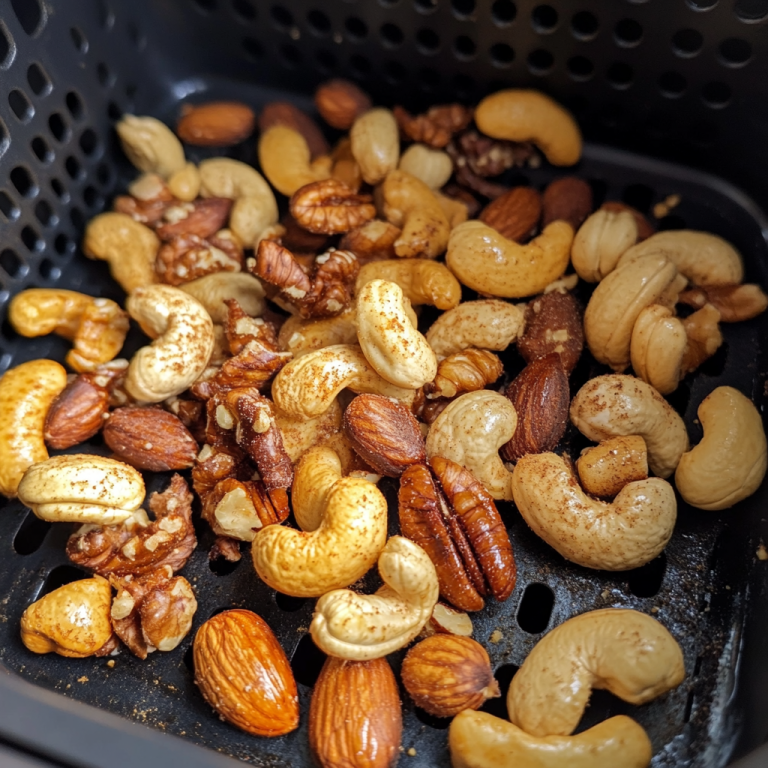Temperature Settings For Dehydrating: A Comprehensive Guide
Dehydration is a crucial process, whether it’s about maintaining health or preserving food. Understanding the nuances of dehydration can help recognize its importance and the factors that influence it, from environmental conditions to personal health. This guide covers essential topics, including:
- Ideal temperature settings for dehydrating different foods
- Choosing the right dehydrator
- Tips for safe and effective dehydration
By the end, you’ll have the knowledge to stay hydrated and preserve your favourite foods effectively.
Understanding Dehydration and its Importance
Dehydration is an essential food preservation technique that involves the removal of moisture to extend the shelf life of a variety of foods, including fruits, vegetables, and herbs. This process not only enhances the culinary applications of these ingredients but also concentrates their flavours and preserves their nutritional value when executed properly. By understanding dehydration, one acknowledges its significance in food safety, nutrient retention, and the development of shelf-stable foods that can be enjoyed long after harvest.
What is Dehydration and Why is it a Concern?
Dehydration is defined as the process of removing moisture from food, which plays a critical role in preserving food quality and preventing nutrient loss, thereby ensuring safety for consumption. A thorough understanding of the science behind dehydration underscores its significance in extending the shelf life of food and maintaining food safety standards. By significantly reducing the water content, this method effectively inhibits the growth of bacteria, yeasts, and moulds that contribute to food spoilage. Dehydration not only facilitates convenience in food storage but also preserves essential nutrients, establishing it as a valuable technique for nutrition preservation. Numerous food safety practices endorse this method as a reliable means to minimise waste, ensuring that wholesome, nutrient-dense food remains accessible even during off-seasons. Furthermore, the preservation of flavours and textures during the dehydration process makes it an appealing option, enhancing the overall eating experience of dried products.
Factors Affecting Dehydration
Numerous factors influence the efficiency and effectiveness of the dehydration process, including environmental conditions such as humidity levels and airflow. A comprehensive understanding of these factors is crucial for optimising drying times and achieving the desired texture and quality in dehydrated products.
Environmental Conditions and Physical Activity
Environmental conditions, including humidity levels and air circulation, are critical factors in the dehydration process, directly influencing moisture removal and overall dehydration time. It is essential to take these factors into account when preparing for either home-based or commercial dehydration. The efficiency of moisture extraction is significantly affected by the surrounding humidity; elevated humidity levels can considerably impede the dehydration process, making it more challenging for moisture to escape from food items. Concurrently, adequate airflow is equally important, as it facilitates the continuous movement of air over the dehydrating materials, thereby promoting more rapid evaporation of moisture. A comprehensive understanding of these dynamics is crucial for individuals seeking to optimise their dehydration efforts, whether in personal kitchens or larger-scale operations. By tailoring these environmental conditions, one can achieve optimal results and enhance food preservation.
Age and Health Conditions
Age and health conditions can significantly influence an individual’s nutritional requirements, rendering dehydration a critical factor in maintaining nutrient retention within diets specifically designed for various age groups and health statuses. Recognising the health benefits of dehydrated foods can be instrumental in effectively planning meals for diverse populations. For example, older adults may necessitate a concentrated source of vitamins and minerals due to diminished absorption rates, while individuals with particular health conditions might find low-sodium, high-fibre options offered by dehydrated foods to be especially beneficial. Dehydration effectively preserves essential nutrients such as vitamins A and C, thereby ensuring that those on specialised diets receive adequate nourishment without compromising their health. Furthermore, the lightweight nature and shelf stability of dehydrated foods render them ideal for seamless incorporation into daily meals, addressing the unique dietary needs of various segments, particularly during periods of limited access to fresh produce.
Temperature Settings for Dehydrating Foods
Temperature settings play a pivotal role in the dehydration process, as they establish the optimal temperature range necessary for effectively drying various foods while maintaining their quality. A thorough understanding of how to control and adjust these temperatures is crucial for successful drying, ensuring the preservation of the food’s nutrient content and texture.
Optimal Temperature Range for Different Foods
Each type of food possesses an optimal temperature range for dehydration that facilitates effective moisture removal while preserving flavour, colour, and nutrients. For instance, the drying process for fruits typically necessitates lower temperatures compared to that of jerky or vegetables, making it essential to adhere to the temperature recommendations specific to each food type. Generally, fruits dehydrate most effectively at temperatures ranging from 125 to 145 F, resulting in sweet and flavoursome outcomes without compromising their natural enzymes. Conversely, vegetables can tolerate slightly higher settings, typically around 130 to 150 F, which helps maintain their crisp texture while efficiently removing moisture. Herbs, being more delicate in nature, should be dried at lower temperatures, generally between 95 and 115 F, as this range helps preserve their vibrant colours and aromatic properties. By observing these specific temperature guidelines, one can ensure successful dehydration while maintaining the highest quality of each food item.
Choosing the Right Dehydrator
Selecting the appropriate dehydrator is critical for successful dehydration, as the type of dehydrator whether electric, solar, or utilising natural drying methods significantly affects the quality of the final product. Furthermore, understanding of dehydrator settings, energy efficiency, and drying capacity is essential for optimising the dehydration process, whether in a home or commercial setting.
Factors to Consider in Dehydrator Selection
When selecting a dehydrator, it is essential to consider several factors, including drying capacity, temperature calibration, and energy efficiency, to ensure effective moisture removal. Understanding the safety guidelines associated with various dehydrator settings can significantly enhance the overall food safety of dehydrated products. A larger drying capacity allows for the accommodation of larger batches, making it particularly suitable for individuals who frequently prepare snacks or preserve seasonal produce. Accurate temperature calibration is crucial, as it ensures that food is dried at the appropriate heat, thereby preventing bacterial growth while retaining essential nutrients. Energy efficiency not only reduces utility costs but also promotes sustainable practices by minimising power consumption. Users should familiarise themselves with recommended drying times and humidity levels to optimise the dehydration process, while also adhering to proper food handling practices to maintain freshness and quality throughout the preservation process.
Tips for Safe and Effective Dehydration
To ensure safe and effective dehydration, it is imperative to adhere to specific tips and guidelines, including the implementation of proper sanitation practices and a thorough understanding of food safety standards. Furthermore, being informed about the appropriate storage conditions for dehydrated foods can greatly enhance their shelf life and overall quality.
Proper Sanitation and Storage Techniques
Proper sanitation and storage techniques are essential for maintaining the safety and quality of dehydrated snacks, ensuring they remain free from contaminants and possess an extended shelf life. Understanding the optimal storage conditions is crucial for preventing nutrient loss and flavour degradation in dehydrated foods. To achieve the best results, it is imperative to begin with clean equipment and surfaces during the dehydration process, as any residual bacteria can compromise food safety. Following dehydration, packaging is of utmost importance; utilising airtight containers can significantly enhance the longevity of the products by protecting them from moisture and pests. Storing dehydrated items in a cool, dark environment helps maintain their flavour and texture, while vacuum sealing further extends shelf life by minimising oxygen exposure. By prioritising sanitation and implementing effective storage practices, one can ensure the enjoyment of nutritious and flavoursome snacks for months to come.










